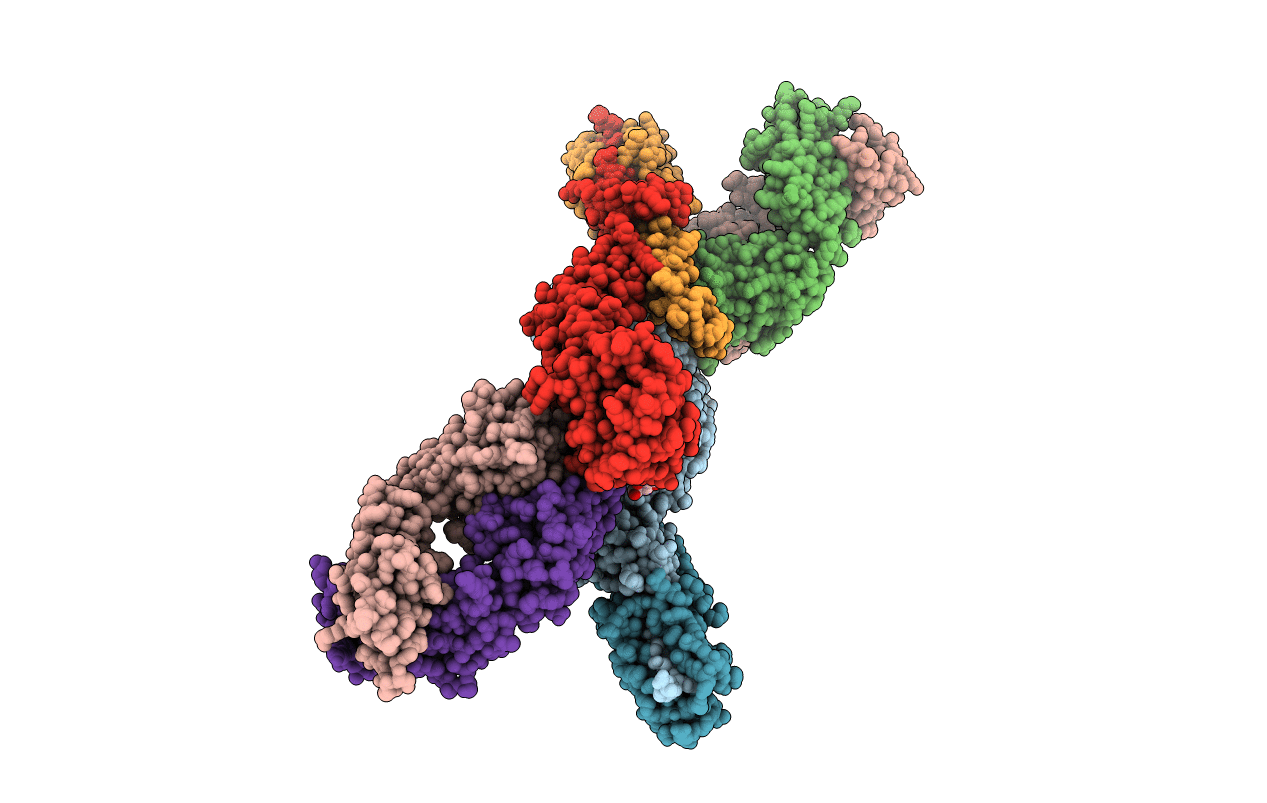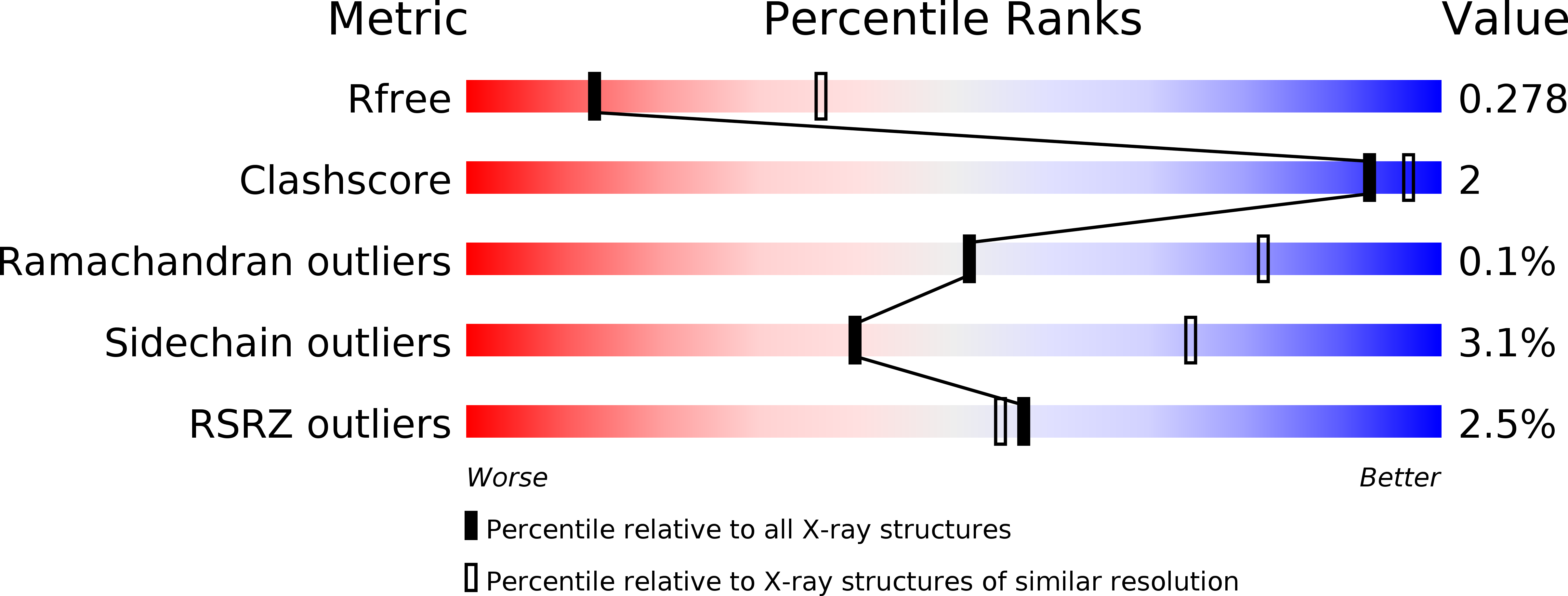
Deposition Date
2015-06-01
Release Date
2015-07-22
Last Version Date
2024-10-23
Entry Detail
PDB ID:
5A3I
Keywords:
Title:
Crystal Structure of a Complex formed between FLD194 Fab and Transmissible Mutant H5 Haemagglutinin
Biological Source:
Source Organism:
INFLUENZA A VIRUS (A/VIETNAM/1203/2004(H5N1)) (Taxon ID: 284218)
HOMO SAPIENS (Taxon ID: 9606)
HOMO SAPIENS (Taxon ID: 9606)
Host Organism:
Method Details:
Experimental Method:
Resolution:
2.89 Å
R-Value Free:
0.27
R-Value Work:
0.24
R-Value Observed:
0.24
Space Group:
P 1


